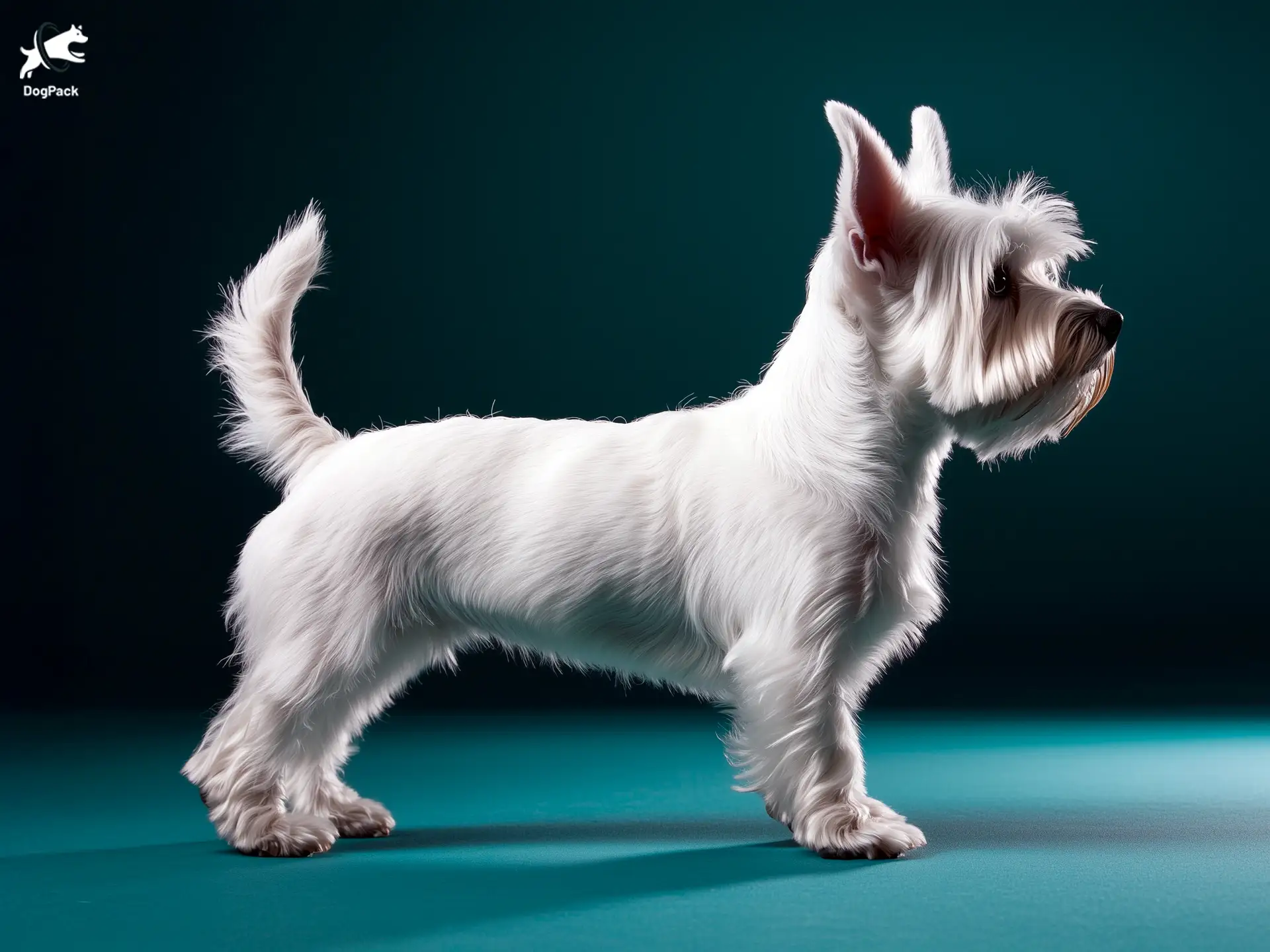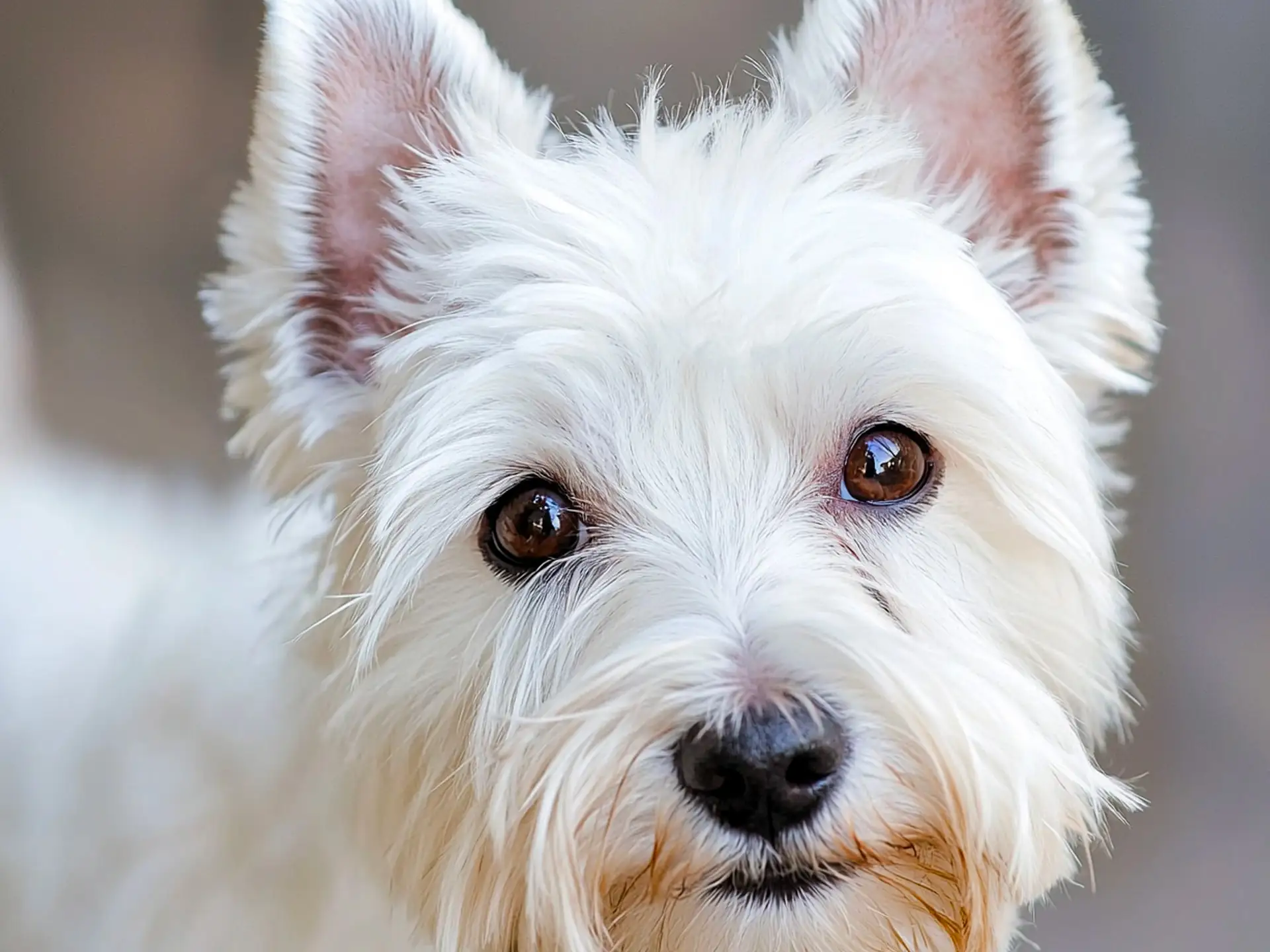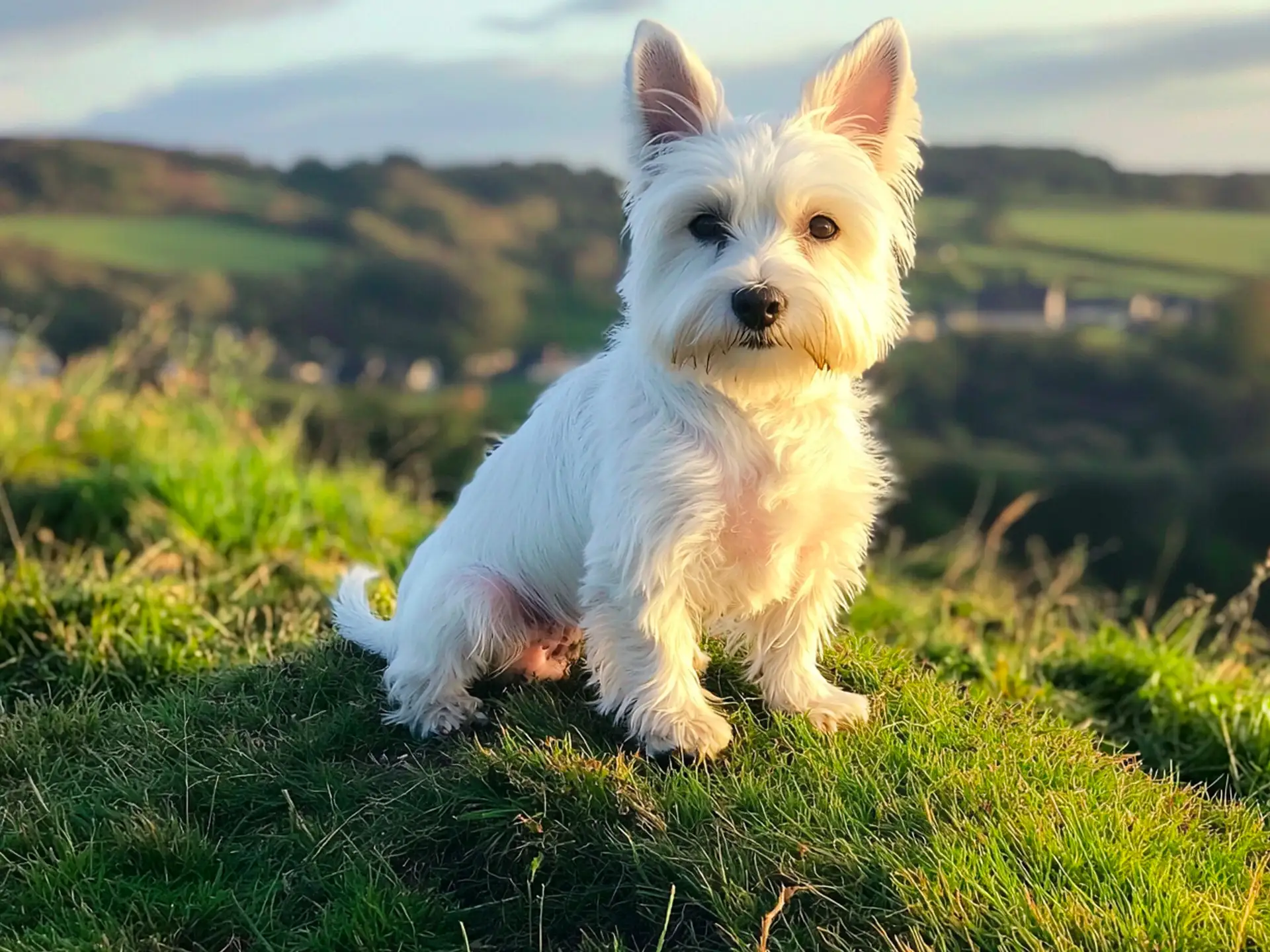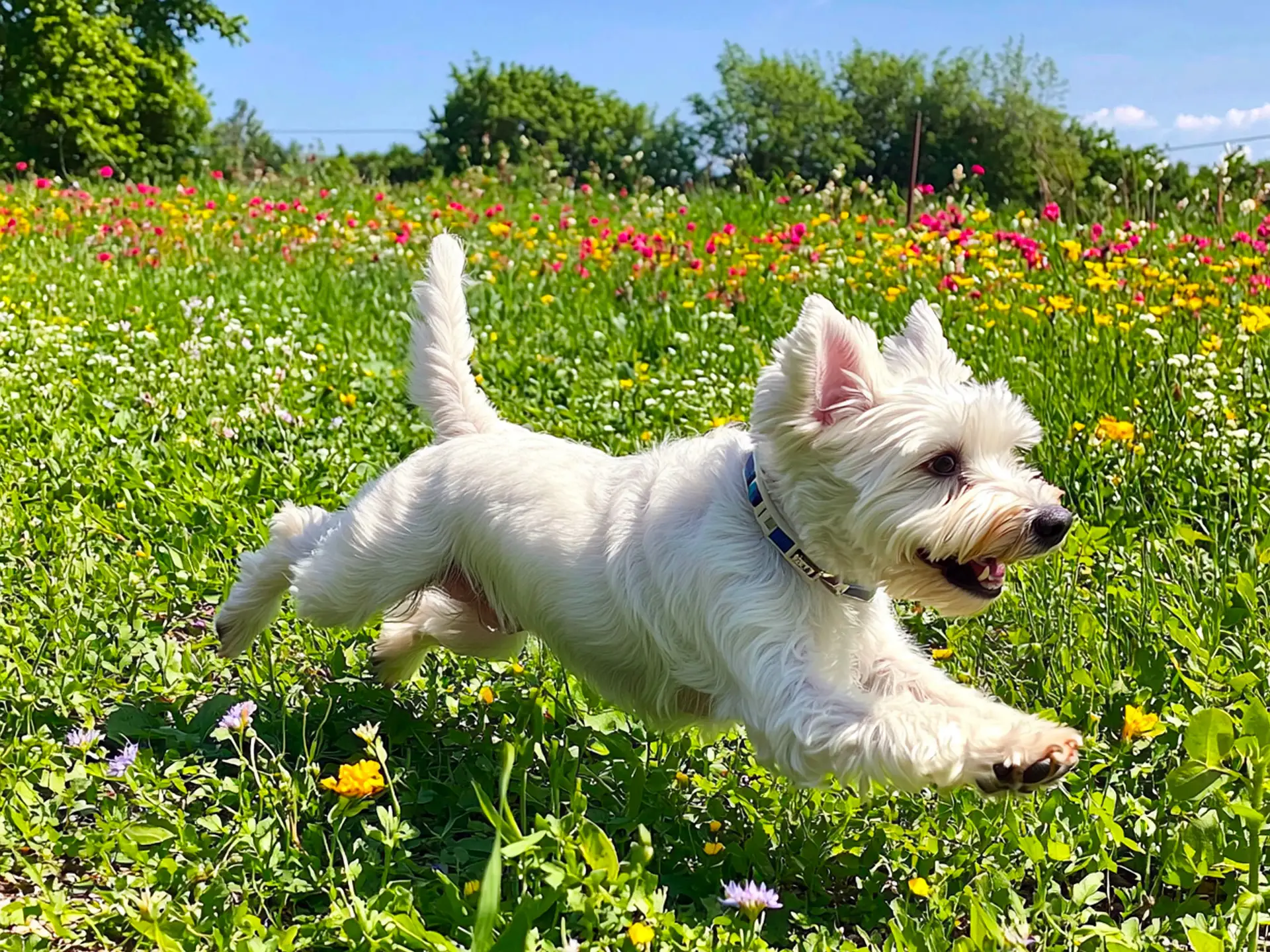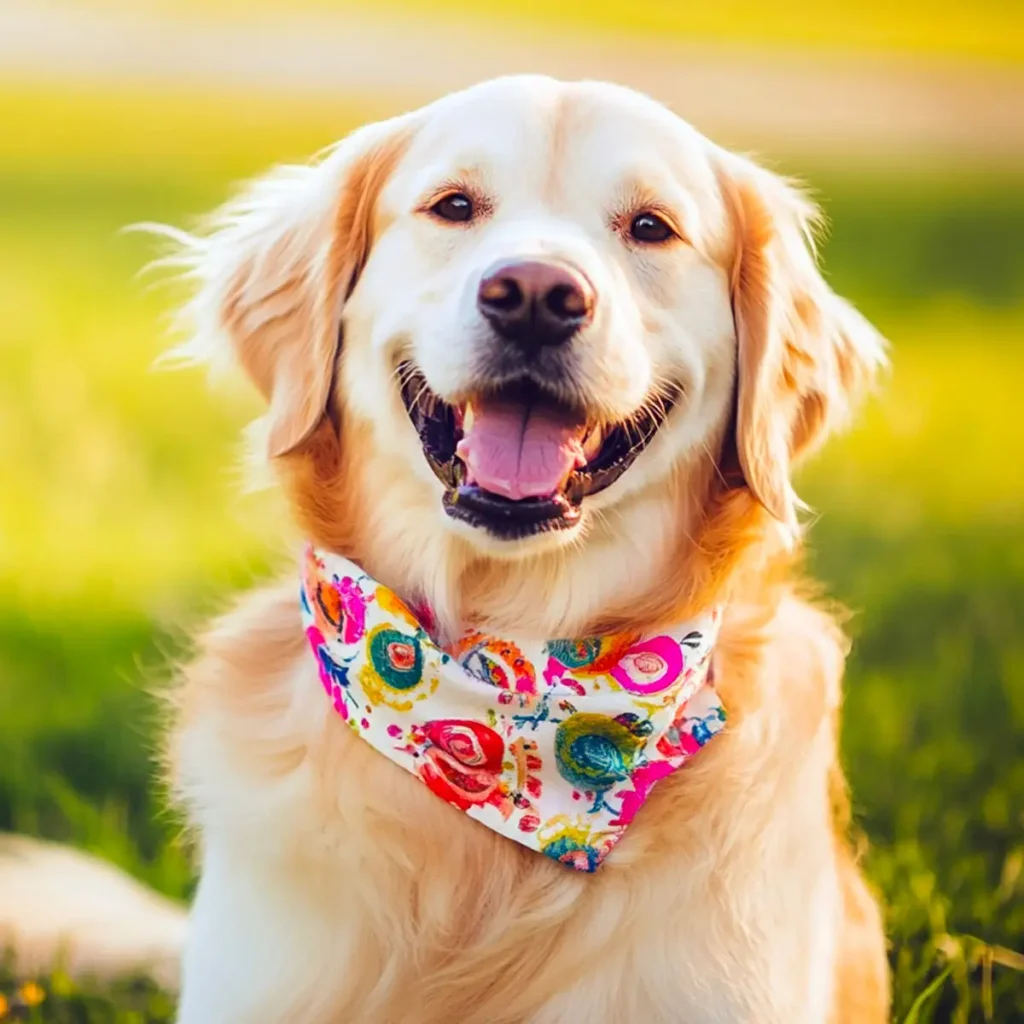West Highland White Terrier Dog Breed Info & Overview
The West Highland White Terrier, affectionately known as the Westie, is a small but fearless breed with a big personality. With its bright white coat and spirited nature, this charming terrier is as bold as it is affectionate. Renowned for its loyalty and playful demeanor, the Westie makes a delightful companion, bringing energy, courage, and irresistible charm to any home.
Characteristics
Pictures
Breed History
The story goes that Colonel Malcolm of Poltalloch accidentally mistook one of his brown terriers for a fox during a hunt, prompting him to breed only white dogs for better visibility. These resilient canines were initially called Poltalloch Terriers and were prized for their ability to chase out vermin from farms. Over time, their distinctive snowy coats made them easily recognizable.
In the early 1900s, these feisty terriers gained official recognition under various names, including Roseneath Terriers, before settling on the moniker we know today. Historically, they excelled in hunting foxes, badgers, and other small game, thanks to their keen sense of smell and remarkable tenacity. This lineage of fearless hunting dogs set the stage for their spirited modern persona.
Today, the West Highland White Terrier continues to enchant dog enthusiasts worldwide. Although now cherished mostly as a companion animal, it still retains the boldness and unwavering confidence inherited from its working roots. That legacy of courage combined with a playful spirit ensures that this little dynamo never fails to make a memorable first impression.
Temperament, Personality
Outgoing and surprisingly independent, these small dog breeds have big personalities that can fill a room. They love to be at the center of family activities, even if it’s just snuggling on the couch during movie night. At the same time, their terrier tenacity shows through in a certain stubborn streak, meaning they appreciate gentle but consistent boundaries.
Most owners describe them as bright, curious, and eager to investigate every nook and cranny. With children, they usually form playful bonds, though supervision is wise when little hands might tug on that precious white coat. Despite their friendly nature, these dogs won’t hesitate to stand their ground if they sense any threat, proving that size doesn’t dictate bravery.
For those seeking a lively companion that can both amuse and protect, the West Highland White Terrier fits the bill. These pups are typically polite with guests once they’ve assessed the situation, though a bit of mischief can surface if they become bored. Overall, their spirited, self-assured temperament makes them endearing to families and singles alike.
Physical Characteristics
Compact but full of energy, these dogs generally weigh between 15 and 20 pounds, standing around 10 to 11 inches tall. Don’t let their petite stature fool you—they have sturdy frames and surprisingly strong muscles beneath that fluffy exterior. Their wedge-shaped heads, perky ears, and alert eyes give off a confident, ready-for-action vibe that’s typical of a true terrier.
The hallmark of this breed is undoubtedly its all-white, double-layered coat, which feels rough on top with a softer undercoat beneath. This dense covering once served as protection against harsh Scottish weather and thorny brush. Although it may appear pristine, regular brushing and occasional hand-stripping help maintain its iconic silhouette and keep mats or tangles at bay.
When you first meet a West Highland White Terrier, you’ll notice its charismatic stance and proud tail carried erect like a tiny banner. The breed’s expressive face is particularly memorable, often framed by that trademark “Westie wave” of hair. Despite their small size, these dogs exude a sturdy confidence that belies any suggestion of fragility.
Health Issues
Like many purebred dogs, this breed can be prone to specific genetic health conditions. Skin allergies are relatively common, often triggered by environmental factors such as pollen or dust mites. Additionally, they may be susceptible to a condition known as “Westie Lung Disease,” or idiopathic pulmonary fibrosis, which affects their respiratory function and requires careful veterinary monitoring.
Orthopedic issues, such as patellar luxation, can also arise. This condition involves the kneecap slipping out of place, leading to discomfort or mobility problems. Regular check-ups and early intervention help mitigate long-term damage. Eye health is another consideration: dry eye or cataracts sometimes occur, making routine screenings essential for catching potential issues before they become serious.
To keep a West Highland White Terrier thriving, prioritize routine vet visits, a balanced diet, and plenty of mental stimulation. Genetic testing offered by reputable breeders can help identify inherited risks early on. Thanks to modern veterinary care, most of these dogs lead long, healthy lives—provided that preventive measures and consistent medical attention remain a part of their care plan.
Grooming Needs
Despite their immaculate appearance, these terriers benefit from a weekly brushing to remove loose hairs and debris. Some owners opt for hand-stripping, a technique that helps the outer coat maintain its coarse texture and vibrant white color. Professional grooming sessions can also ensure the correct coat shape, particularly if you plan to show your dog in competitions.
Regularly cleaning the ears and trimming the hair around the eyes helps prevent infections or irritations. Additionally, monthly nail trims are essential, especially for dogs that spend more time indoors. Many find that bathing every four to six weeks keeps their pups smelling fresh, but be cautious of over-shampooing as it can strip the coat’s natural oils.
To retain the trademark look of a West Highland White Terrier, many enthusiasts rely on specialized grooming tools like stripping knives and slicker brushes. Beyond mere aesthetics, proper coat maintenance also plays a crucial role in preventing mats and skin problems. Ultimately, a well-groomed Westie not only looks stunning but stays healthier in the long run.
Exercise Requirements
While they may be small, these spirited dogs are anything but couch potatoes. A brisk daily walk or interactive play session typically satisfies their moderate exercise needs. However, they still enjoy a chance to unleash their terrier instincts by chasing a ball or investigating new scents outdoors. Without sufficient mental and physical stimulation, boredom can lead to unwanted behaviors.
For those with a fenced yard, supervised off-leash romps allow these dogs to burn off energy safely. Terriers love to dig, so designating a “dig spot” might spare your flower beds. Additionally, puzzle toys or hide-and-seek games indoors provide mental exercise, which can be just as important for preventing restlessness in this quick-witted breed.
Though a West Highland White Terrier won’t require marathon runs, they do appreciate variety in their exercise routine. Short hikes, trips to dog-friendly parks, or even agility courses can keep them engaged. The key is consistency and fun—an ideal way to nurture the breed’s natural curiosity while fostering a well-rounded, calm companion.
Training Tips
Known for a mix of independence and intelligence, these dogs respond best to patience and positive reinforcement. They can quickly learn new commands but may occasionally test boundaries if they sense a lack of consistency. Reward-based methods, using treats or praise, often work wonders, while harsh training techniques can lead to stubborn resistance and trust issues.
Short, frequent sessions are preferable to marathon training drills. Terriers can become bored or distracted if exercises are overly repetitive or lengthy. Incorporating variety—like switching between basic commands, trick training, and puzzle games—keeps them mentally engaged. Socialization from a young age is equally crucial, helping them adapt to strangers, children, and other pets with ease.
For the West Highland White Terrier, recall training can be particularly challenging given their prey drive. Practicing in a secure, fenced environment can build reliability before venturing into more distracting settings. Overall, consistency, patience, and a dash of creativity go a long way in channeling that terrier determination into positive, well-mannered behavior.
Nutrition, Diet
Though these compact dogs don’t eat large volumes, the quality of their food matters immensely. High-protein diets made from real meat sources support muscle tone, while moderate fat content helps maintain energy without causing weight gain. Look for formulas crafted for small breeds, which often include smaller kibble pieces and balanced nutrients tailored to their size and metabolism.
Many Westie owners find that splitting meals into two portions—morning and evening—keeps their pets satiated without overloading digestion. On average, an adult weighing about 18 pounds might consume ¾ to 1 cup of small-breed kibble per day, adjusted for activity level. Supplements like fish oil can help maintain a healthy coat, but consult with your vet for breed-specific advice.
For a West Highland White Terrier with skin sensitivities, consider diets free from common allergens like wheat or soy. Limited-ingredient foods can reduce the chance of flare-ups, particularly in dogs predisposed to atopic dermatitis. Regular weigh-ins are recommended, as obesity can exacerbate joint issues and hinder mobility, especially in a petite breed with a naturally sturdy build.
Adoption, Breeders
Finding a healthy pup often starts with doing your homework. Reputable breeders prioritize genetic testing, responsible breeding practices, and transparent health histories for all their litters. Don’t be afraid to ask questions: a trustworthy source will welcome inquiries about the dog’s lineage, socialization, and living conditions. Remember, you’re making a commitment that could span well over a decade.
If you’re interested in adopting, check local rescues or organizations like Westie Rescue USA for dogs in need of a new home. Shelters frequently have Westies of various ages, from energetic puppies to mellow seniors. An adoption counselor or volunteer can help match you with a dog whose personality and requirements align with your lifestyle.
Those seeking additional resources can explore the West Highland White Terrier Club of America for breeder referrals and in-depth breed information. Reputable sources typically provide spay/neuter contracts, health guarantees, and guidance for raising a well-adjusted pup. Whether you opt to adopt or purchase, thorough research and preparation help ensure a harmonious match between you and your future companion.
Family Pet?
These dogs are known for their affectionate nature, making them ideal candidates for families seeking a lively companion. Children often find them endlessly entertaining, but as with any breed, teaching kids respectful handling is crucial. An older child who understands boundaries will likely form an especially strong bond with this playful but sometimes self-assured little pup.
In multi-pet households, these terriers can coexist with cats and other dogs if introduced in a calm, controlled manner. That said, their natural prey drive might tempt them to chase smaller animals, so early socialization is key. Setting up separate feeding zones and supervised play sessions helps everyone adapt and reduces squabbles over territory or resources.
Whether it’s providing a watchful eye over the backyard or curling up on the couch for family movie night, a West Highland White Terrier relishes being part of the action. While not clingy, they do enjoy human interaction and respond well to gentle attention. Families who invest in playtime and training are often rewarded with a lifelong friend.
Right For You?
If you value a companion that strikes a balance between independence and affection, this breed might win your heart. They aren’t overly needy, yet they’ll gladly greet you at the door with enthusiastic tail wags. Still, keep in mind their inherent prey drive and occasional stubbornness—traits that need guidance through training and early socialization to ensure a harmonious household.
They adapt well to smaller homes or apartments, provided they receive daily walks and mental enrichment. Those who prefer a quiet home should note that terriers tend to be vocal, sounding the alarm when strangers approach. However, with consistent boundaries, they can learn the difference between genuine threats and everyday occurrences, making them excellent watchdogs.
Ultimately, a West Highland White Terrier suits active individuals who appreciate a spirited sidekick. Owners willing to commit to regular grooming and structured playtime will be rewarded with a fiercely loyal, confident canine companion. If you’re searching for a breed that adds a dash of fun and a healthy dose of sass, this fluffy terrier may be just right.
Conclusion
This snow-coated terrier is far more than a pretty face—it’s a hardy, energetic companion that fits a variety of lifestyles. With the right balance of exercise, grooming, and training, owners often find themselves charmed by its fearless attitude and playful antics. Whether you live in a small apartment or a suburban home, a West Highland White Terrier can adapt remarkably well, provided it receives sufficient attention and stimulation. From family movie nights to outdoor excursions, this spirited dog is happiest when fully included in daily life. If you’re prepared to meet its needs and appreciate a bit of spunky attitude, you might just discover that the Westie is the perfect addition to your household.
FAQs
-
Why do West Highland White Terriers have a white coat?
The West Highland White Terrier was selectively bred for a white coat to make them easily distinguishable from prey during hunting. This helped hunters avoid accidental injuries when working in dense underbrush.
-
Do West Highland White Terriers have a strong prey drive?
Yes, West Highland White Terriers have a high prey drive due to their history as vermin hunters. They may instinctively chase small animals like squirrels or rabbits, so secure fencing and leash training are essential.
-
Why do some West Highland White Terriers “dig” on soft surfaces indoors?
This behavior stems from their terrier instincts. Westies were originally bred to dig into burrows when hunting rodents, so even indoors, they may exhibit digging behaviors on carpets, blankets, or beds.
-
Are West Highland White Terriers prone to “Westie Lung”?
Yes, some West Highland White Terriers are genetically predisposed to idiopathic pulmonary fibrosis, often called “Westie Lung.” This progressive lung disease leads to breathing difficulties, and early detection with regular vet check-ups is crucial.
-
Why does my West Highland White Terrier “stand on their hind legs” so often?
Westies are known for their tendency to stand on their hind legs to get attention or look around. This charming behavior is a result of their intelligent and inquisitive nature, often used to communicate their needs.
Breed Ratings
Sharp and quick to learn, this breed loves problem-solving games but may show a stubborn streak if bored or unmotivated.
Endlessly entertaining, they relish chasing toys, performing tricks, and generally clowning around with family members of all ages.
Moderate energy suits daily walks and occasional play sessions, but they still have spurts of excitability when something catches their interest.
Though low compared to many breeds, regular brushing is needed to remove loose hairs and maintain a tidy appearance.
Bred to hunt vermin, they often chase small creatures, making early training crucial to manage impulses in open areas.
Coarse, double-layered coats require consistent upkeep, including brushing and occasional hand-stripping, but the effort is manageable.
Quick learners, they respond well to positive methods. Patience is key; harsh techniques can lead to stubbornness or resistance.
Not ideal for long stretches alone; they crave interaction and may develop nuisance behaviors if left isolated too often.
Vocal by nature, especially when alerting to strangers or noises. Proper training can help reduce unnecessary barking.
Rarely an issue, drooling is minimal, and most owners won’t need to keep a towel handy for excess saliva.
Generally sociable with early socialization, but can be possessive. Controlled introductions help them coexist peacefully with other canines.
Prone to certain genetic conditions like skin allergies and patellar luxation, but proper care and vet check-ups ensure a long, vibrant life.

